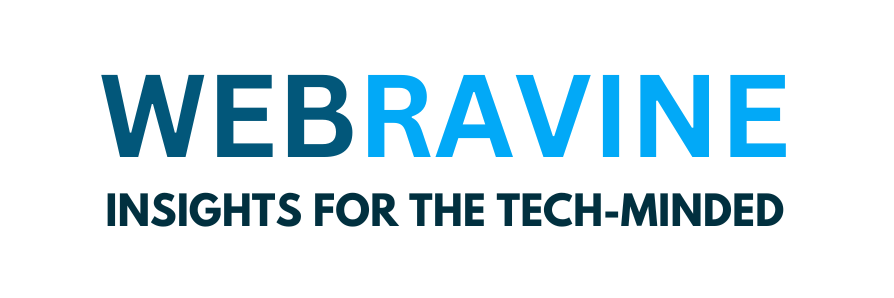Web App vs Website: Understanding the Key Differences, Use Cases, and Which One is Right for Your Business
Having an online presence is not optional in today’s digital-first world; it is absolutely necessary. Whether your business is owned, developed, or just someone browsing the digital terrain, knowing the differences between a web app and a website is absolutely essential. Although the names are sometimes used synonymously, they have different meanings and provide different uses. Deeply investigating the realm of web apps and websites, this blog will investigate their variations, applications, benefits, and how to decide which best fits your requirements.
What is a Web Application?
A website is a grouping of linked web pages housed on a domain. It is essentially informational, offering links, text, images, and videos in a stationary form. Usually acting as a digital brochure or portfolio for companies, people, or individuals, websites are made to be visited by visitors using browsers. Among the examples are company homepages, news sites, and blogs.
Key Characteristics of Web Apps:
- Dynamic and interactive.
- Requires user input and provides real-time responses.
- Often connected to databases and APIs.
- More complex to develop and maintain.
Key Differences Between a Website and a Web App
Purpose and Functionality
- Website: Designed to provide information. It’s a one-way communication tool where users consume content.
- Web App: Designed to perform specific tasks. It’s a two-way communication tool where users interact with the system.
User Interaction
- Website: Limited interaction (e.g., clicking links, filling out forms).
- Web App: High interaction (e.g., logging in, uploading files, making transactions).
Development Complexity
- Website: Simpler to develop, often using HTML, CSS, and JavaScript.
- Web App: More complex, requiring backend development, databases, and APIs.
Performance and Speed
- Website: Faster loading times due to static content.
- Web App: We may have slower loading times due to dynamic content and server-side processing.
Maintenance and Updates
- Website: Easier to maintain, with occasional content updates.
- Web App: Requires regular updates, bug fixes, and performance optimization.
Use Cases for Websites
Websites are ideal for:
- Businesses: To showcase products, services, and contact information.
- Blogs and News Portals: To share articles, news, and updates.
- Portfolios: For artists, photographers, and freelancers to display their work.
- Educational Institutions: To provide information about courses, faculty, and admissions.
5. Use Cases for Web Apps
Web apps are ideal for:
- E-commerce Platforms: To manage product listings, shopping carts, and payments.
- Social Media Platforms: To enable user interactions, posts, and messaging.
- Project Management Tools: To facilitate task tracking and team collaboration.
- Online Banking: To allow users to manage accounts, transfer funds, and pay bills.
6. Advantages of Websites
- Cost-Effective: Cheaper to develop and maintain.
- Easy to Use: Simple navigation and straightforward content.
- SEO-Friendly: Easier to optimize for search engines.
- Scalability: Can handle large amounts of traffic with minimal performance issues.
7. Advantages of Web Apps
- Enhanced User Experience: Interactive and engaging.
- Customization: Tailored to meet specific user needs.
- Offline Functionality: Some web apps can work offline using service workers.
- Integration: Can connect with other tools and platforms via APIs.
8. How to Choose Between a Website and a Web App
Choosing between a website and a web app depends on your goals, budget, and target audience. Ask yourself:
- What is the primary purpose? (Information vs. Interaction)
- Who is your target audience? (Casual visitors vs. Registered users)
- What is your budget? (Websites are cheaper; web apps require more investment)
- Do you need scalability? (Web apps are better for growing businesses)
9. Future Trends: The Blurring Line Between Websites and Web Apps
The barrier separating websites from web apps is blurring as web technologies like Progressive Web Apps (PWAs) and single-page apps (SPAs) evolve. While web apps have become lighter and more accessible, modern web pages include interactive elements. The future resides in developing hybrid solutions with the best of both worlds.
The digital environment depends much on both web pages and web apps. Web apps shine at offering dynamic and task-oriented experiences, even while websites are ideal for sharing knowledge and building an online presence. Understanding their variances and use cases will help you make decisions that align with your company objectives and user needs. Whether your audience prefers a website, a web app, or a hybrid solution, it is essential to provide value to them and keep ahead in the always-changing digital terrain.


